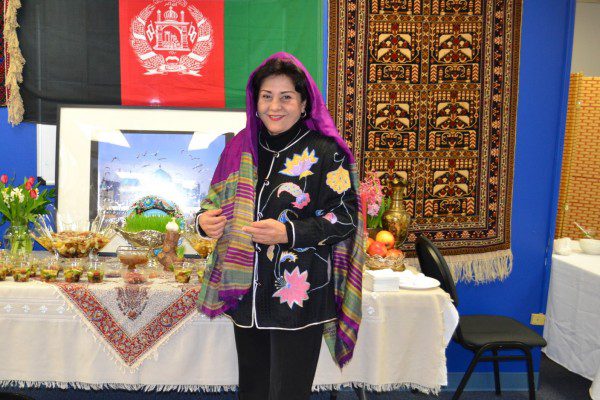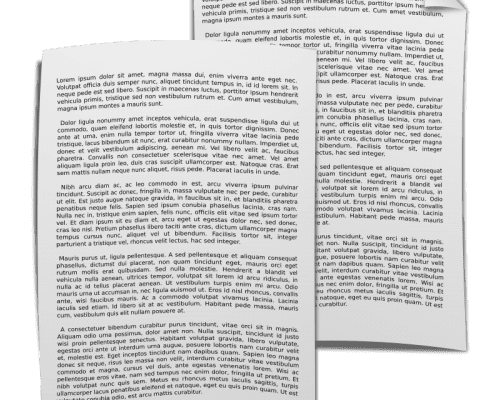For the last three years, Diplomatic Language Services has partnered with Aptima and DLNSEO to develop a project that is changing the way we teach languages through an online course series called CultureReady Basics. This project has been led by Leila Harriss, a curriculum development project manager who has been working with DLS since December 2016. Harriss and her team have been working diligently on not only improving students’ language learning experience but on developing an entirely new way of teaching language and culture.
CultureReady Basics
CultureReady Basics is an interactive web-based platform that is designed to combine 3C Cross-Cultural Competencies with culture-specific knowledge. With a language assist feature, this platform works to help students achieve an ILR proficiency level of 2+/3. This program is unique in that it combines three separate domains into a target language-focused course series centered around the DoD’s newly-revised Adaptive Readiness for Culture (ARC) model. The three domains we combine are culture-general knowledge, culture-specific information, and target language proficiency.
Culture-General Knowledge
The first aspect of CultureReady Basics consists of culture-general competencies. So, this means teaching culture-general concepts vs. dos-and-don’ts or travel tips. Teaching skills vs. general knowledge. This way, students can apply this knowledge anywhere. For instance, say we taught a student culture-general knowledge about evaluating their own cultural biases before deploying to another country. Since we don’t know where students will deploy, those skills will be applicable across multiple cultural interactions in multiple cultural contexts. We want to avoid teaching students something like, “if you go to Kenya, this is how you greet somebody.” That’s very specific, and we want to teach information that is generalizable and transferable. A couple of years ago, when we were first building the course in English, it only focused on culture-general concepts. What we’re doing now is taking that generalizable transferable knowledge and adding in two extra layers.
Culture-Specific Information
The first layer we added is culture-specific information, which we now have in five languages. We’re working on two more right now, so seven in total. We’re teaching culture-general concepts, plus culture-specific information. For example, if a student were to meet someone in Korea, they would inquire about their age to see where the person falls in the hierarchy. That’s specific to Korean culture but maybe not to Moroccan culture.
Target Language Proficiency
The third layer is the language proficiency layer. This is to help students achieve a level of 2+/3 on the ILR (Interagency Language Roundtable) Scale in that language. The course is available in English, Russian, Mandarin, MSA Arabic, Moroccan Arabic, and we’re working on Korean and Farsi.
The way this program differs from other online courses is that some courses teach 3C by itself or they will teach culture-specific information and language by itself. What we’re doing is teaching 3C and culture-specific information through the medium of language, instead of teaching language and then adding culture later. It’s innovative and different.
About the Course
The course itself is a two-hour self-pace course. In other words, there isn’t an instructor on the other side. Students have approximately thirty minutes per lesson depending on proficiency. Everything in the course is in the target language, but students have the option to use a translation feature to see a side-by-side translation.
There is also a language assist feature that provides further linguistic and/or cultural information through a series of hyperlinked pop-up boxes that students can click on. If there are any phrases or references or idioms that the student doesn’t understand, they can click on it and a box will pop up containing information that provides more context and helps deepen the student’s knowledge. This information is unique in that it can’t be easily Googled, nor is it always taught in the classroom. Instead, it’s knowledge that native speakers would intrinsically know and might not necessarily be aware of. This is the sort of information that would help a student reach ILR level 3 because a level 3 is quite hard to accomplish. We have incorporated intense research into the content to ensure it’s engaging. It makes you stop to think and analyze culture.
The Blended Learning Approach
This is an empirically-supported course with years of research behind it. One of the approaches that we’re utilizing is called the blended learning approach. We want to challenge the learner using metacognitive and reflection prompts so that they’re retaining as much information as possible. We also want to make the information as relevant as possible – one of the best ways to remember newly-acquired information. The blended learning approach utilizes three learner-centric phases.
The Exploratory Phase
The first phase is the exploratory phase, which means we provide students with an up-front scenario without teaching them anything about the lesson topic. This scenario is broken into three pieces which are the situation, response, and outcome. It’s designed to get the learner thinking about how they would react in that situation and whether they would think that the person who is in the scenario reacted appropriately or inappropriately and why. And, these scenarios are not contrived, they are taken from people who have spent significant time in-country, in these cultural contexts. After the scenario, the student is provided with feedback. This feedback doesn’t simply say, “correct” or “incorrect”, it will say why and what the person in the scenario could have done.
Direct Instruction
The second part of the blended learning approach is direct instruction. In the previous phase, the student starts thinking about why someone could have reacted a certain way. Now that they are thinking, phase two comes into play and we begin instruction.
Practice
After phase two, we provide practice in the form of a second scenario. This is where students utilize the information they’ve reflected on in the exploratory phase and the deliberate practice.
So, our underlying theory behind this whole course is the blended learning approach. We are seeing that it is easier for students to retain the information through this approach. This course encourages the students to reflect on their own cultural biases and mindset when interacting with other cultures. Additionally, this course is free online and open source. We have been working on this for about three years and every year we learn more and improve.
By Leila Harriss



